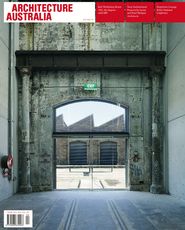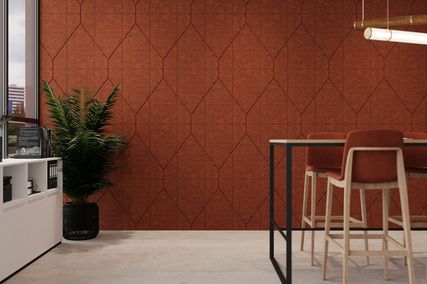Two recent experiences have started me thinking about the modes of discourse that are available to us for discussing architecture, and their limits.
The first was the recent RAIA national conference, Departure Lounge. Creative Director Timothy Hill pursued his interest in the conditions under which architecture is procured and practised, and the significant effects that these have on built outcomes.
The idea was that the profession can only begin to address its future strategically if such conditions are openly talked about, and he sought to create an event in which they could be forthrightly discussed by both speakers and audience. This was an admirable ambition.
Timothy set the conference up as a loose event, with lots of room for discussion – “just another day at the office”, as he put it. As it turned out, the discussion sometimes faltered, lacking direction and bite. But perhaps the conversational flabbiness was the result of lack of practice – the profession is simply not used to discussing these things publicly, and does not have a language readily available for them. Perhaps the reason it felt a bit too “dinner party” or “bar chatter” at times was precisely because these are the forums in which anecdotes about clients, councils, tenders and so on are generally told. But this model may not be the most effective one. Generating thought-provoking and wide-ranging dialogue sometimes requires overt structure, tightly framed questions and careful choreography.
Timothy is right, architects need to engage collectively with the pragmatics of the situations in which the profession finds itself. To do so, we need to develop a language and structures which will enable effective discussion with productive outcomes. Timothy has initiated a conversation that clearly needs to continue, but we need more practice in talking publicly about such things.
But the complexities of practice and procurement are not the only aspects of architecture that we don’t have frameworks for discussing in sophisticated ways.
I recently had the good fortune to spend some weeks in a very fine house on the Sydney waterfront.
The question that confronts me here is, how does one discuss the sheer pleasure of living in a house of this quality without descending into clichés of lifestyle journalism? Of course the house can be discussed in architectural terms – its materiality, its detailing, its clever spatial configuration, its blurring of indoor and outdoor spaces, its relation to site – all of which would give an indication of the architectural success of the project. But what of delight? This is an aspect of the house which my three-year-old daughter seems perfectly aware of, but which I find hard to articulate in any meaningful way. Delight is something we expect from good architecture – the joy that brings an unconscious smile as you walk around a great project – but although this expectation underwrites much architectural judgement, we tend not to discuss it.
Architecture has developed sophisticated discourses over centuries through which to discuss its output, but we seem to lack adequate languages and structures to critically talk about either the pragmatics of architecture’s production or the pleasures of being in it.Justine Clark, editor Architecture Australia.















